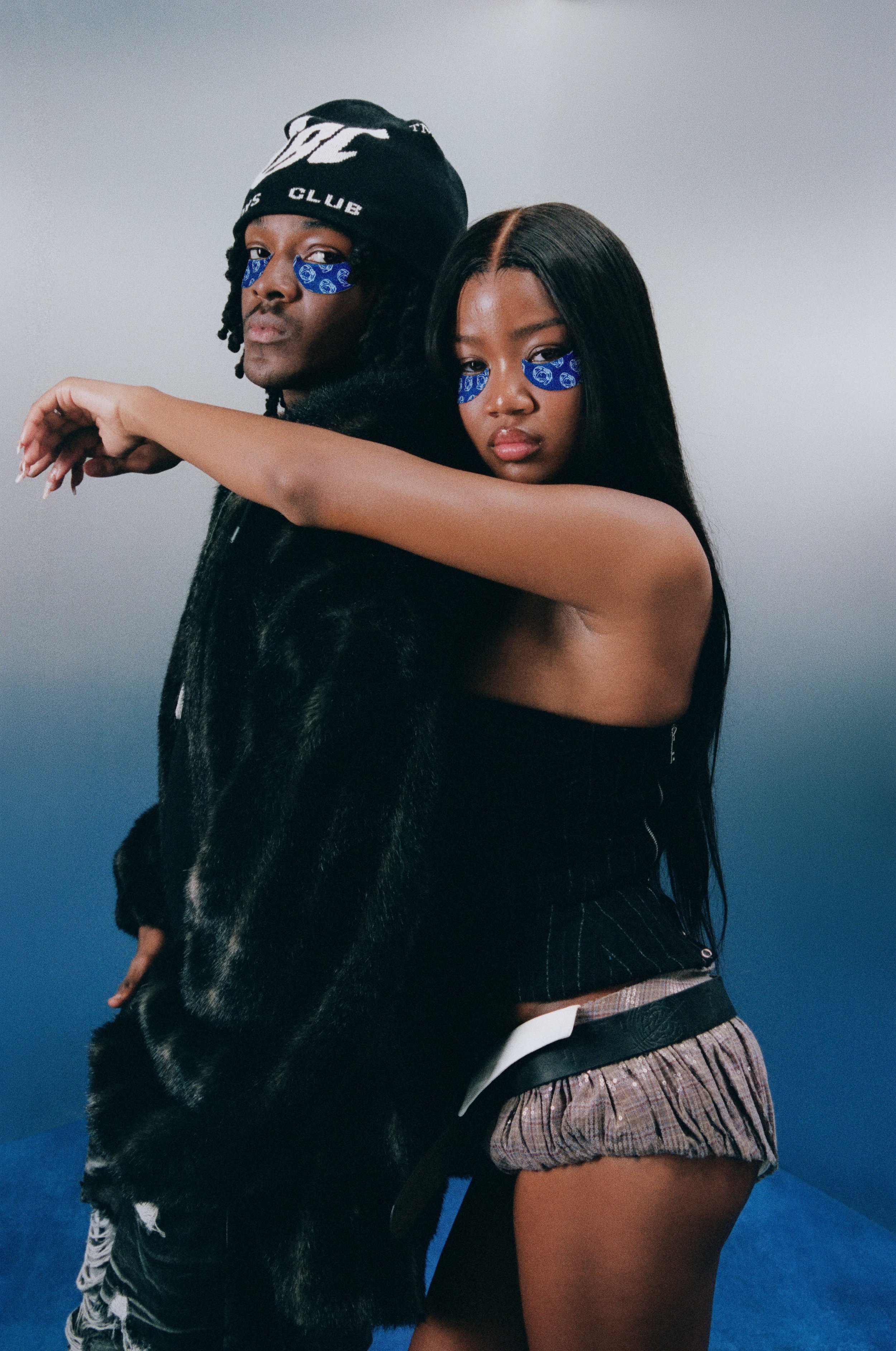James Jebbia: The Founder Of Supreme New York
Although at over 60 years of living, James Jebbia, was too, a young, rebellious, skateboarding, hip-hop/rock-infused teen. Jebbia, the founder of the skate shop and streetwear brand Supreme, was born in the United States and was uprooted no more than a year later to Crawley, West Sussex town in the United Kingdom. Jebbia's father was in the U.S. Air Force, and his mother was a homemaker before becoming a teacher. The rebellion in a young James likely sparked around the time his parents divorced at the age of 10.
In the early ‘80s, Jebbia would find his way back to the United States, having experienced the Punk subculture as a growing teen in the United Kingdom. Jebbia would eventually call New York City home in 1983, getting his first apartment at 19. For $500 a month in Staten Island, Jebbia made rent working at the Manhattan skate shop and apparel store Parachute. Located in Soho, NY at the time, Jebbia would get his first taste of what would become “streetwear” and his journey into brick-and-mortar retail.
Jebbia opened his Union NYC retail space in 1989 at 172 Spring Street, also in Soho, New York, later moving to the 176 location in 2007, where Stussy now sits today. A pioneer in how streetwear cultivated its cool, Union is survived by the Los Angeles location, which keeps the name relevant. The Union NYC store was where younger customers would come to get apparel from several English-based brands.
Jebbia would bump heads in streetwear with Shawn Stussy, the founder and International Stussy Tribe founder and forefather of the streetwear aesthetic, and in part, the culture. The two forefathers would work together in the retail space from 1991 to 1994, dedicating their lives to building the culture around what we know and - live - today.
The experience at Union NYC prompted Jebbia to open the Supreme New York store in 1994 and launch the clothing apparel, with sought-after pieces like the Tiger cargo pants they first introduced. Street skating legend Harold Hunter was one of the Supreme's first employees, with a few other names from the cult film, Kids.
Supreme introduced cultural icons into their realm, employing portrait and fashion photographer Terry Richardson to inject his raw lens into the visual aesthetic. Highlighting greats such as supermodel Kate Moss, Raekwon and Ghostface of Wu-Tang, Juelz Santana and Jim Jones of Dipset, singer-songwriter Morrissey, and even Kermit the Frog from the Muppets, gave Supreme a youthful and exclusive aura for those who understood the language.
That language is what Jebbia boasts saying to Vogue in 2017, “My thing has always been that the clothing we make is kind of like music.” He continues, “There are always critics that don’t understand that young people can be into Bob Dylan but also into the Wu-Tang Clan and Coltrane and Social Distortion. Young people—and skaters—are very, very open-minded . . . to music, to art, to many things, and that allowed us to make things with an open mind.”
Jebbia and the Supreme brand would do collaborations with fine artists like Takashi Murakami, Futura, and Damien Hirst, to further solidify its name as the years went on. The crowning moment for Supreme was its juxtaposition next to the French fashion house and luxury goods brand, Louis Vuitton, in 2017. They also made Supreme Nicotine Patches over the years.
Thanks to Kim Jones, who has been a fan of streetwear since his youth, the opportunity presented itself for the skate brand to team with the luxury manufacturer. As the price increased for retail prices of the Supreme Louis Vuitton collaboration, so did the resale of all Supreme items. The number of kids and adults in the lines increased as well.
Jebbia justifies the price range to Vogue of the apparel by stating Supreme “can have a leather jacket for $1,500, and if it’s a good value, young people will understand that. But we also want to have the feeling that this won’t be here in a month. When I grew up, I think everybody felt that way. It’s like, If I love this, it may not be here, so I should buy it.”
Since the beginning, Supreme has consistently grown into a cult. In October 2017, Supreme opened its 11th store in Williamsburg, Brooklyn. Simultaneously Jebbia sold 50% of the brand to private equity firm Carlyle Group. Between 2018 and 2019, Supreme opened a location in the Bay Area, San Francisco, and relocated the Soho location to 190 Bowery Street in Manhattan.
Supreme would eventually get acquired by VF Corporation, which specializes in activewear, for $2.1 billion, all cash. There will be more streetwear brands to create a similar following. But it will be hard to replicate what the propaganda artist Barbra Kruger-inspired logo has done in true street style.
HOW DO YOU FEEL ABOUT FASHION?
COMMENT OR TAKE OUR PAGE READER SURVEY
Featured









Miami Art Week 2025 Powered by Art Hearts Fashion closed out the year with a high-impact, citywide series of runway shows, designer debuts, and star-studded events across Miami’s most iconic venues, celebrating global creativity, inclusivity, and the intersection of fashion, art, and culture.